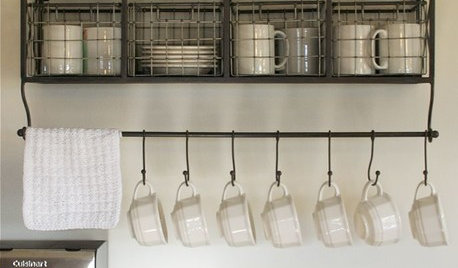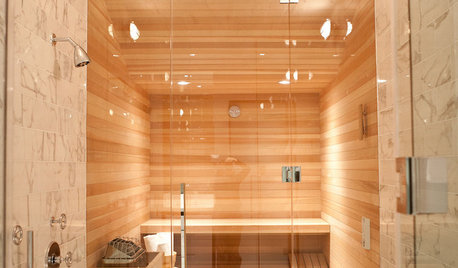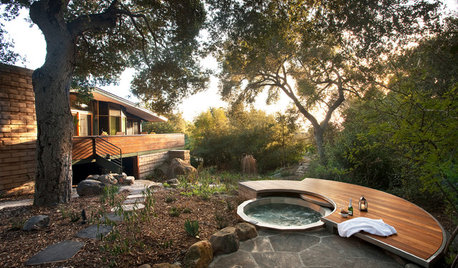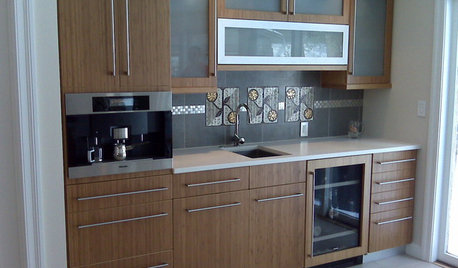Hot Water Recirculating System Anyone?
trudymom
15 years ago
Related Stories

HEALTHY HOMEHow to Choose a Home Water Filtering System
Learn which water purification method is best for your house, from pitchers to whole-house setups
Full Story
LAUNDRY ROOMSThe Cure for Houzz Envy: Laundry Room Touches Anyone Can Do
Make fluffing and folding more enjoyable by borrowing these ideas from beautifully designed laundry rooms
Full Story
GARDENING GUIDESHow to Install a Drip Irrigation System
Save time and water with a drip watering system in your vegetable garden — a little patience now will pay off later
Full Story
GREAT HOME PROJECTSHow to Add a Radiant Heat System
Enjoy comfy, consistent temperatures and maybe even energy savings with hydronic heating and cooling
Full Story
GREAT HOME PROJECTSHow to Switch to a Tankless Water Heater
New project for a new year: Swap your conventional heater for an energy-saving model — and don’t be fooled by misinformation
Full Story
SAVING WATER11 Ways to Save Water at Home
Whether you live in a drought-stricken area or just want to help preserve a precious resource, here are things you can do to use less water
Full Story
KITCHEN DESIGNHot-Drink Stations Hit the Spot
Beverage bars brimming with cocoa, tea, coffee and all the accoutrements make winter entertaining a delight
Full Story
REMODELING GUIDES5 Hot Tips for Home Saunas
Bask in your very own heated haven, indoors or out. This overview will get you off to a glowing start
Full Story
GARDENING AND LANDSCAPING12 Naturally Beautiful Hot Tubs
Prefer a no-plastic look for your patio or yard? Wood, stone and concrete make these hot tubs fit right in with nature
Full Story
KITCHEN DESIGNHot Ideas and Tips for Coffee and Tea Stations
Let options like drawer inserts and built-in coffeemakers percolate now, so your hot-drinks station can best serve holiday guests
Full StoryMore Discussions











persnicketydesign
sniffdog
Related Professionals
Parkway Architects & Building Designers · Ronkonkoma Architects & Building Designers · Oak Grove Design-Build Firms · South Hill Home Builders · Troutdale Home Builders · Bartlesville General Contractors · Country Club Hills General Contractors · Gary General Contractors · Hampton General Contractors · Markham General Contractors · Middletown General Contractors · North Lauderdale General Contractors · Palatine General Contractors · Prichard General Contractors · Rolling Hills Estates General Contractorspersnicketydesign
sniffdog
david_cary
dpjwr
muddypond
sniffdog
fairytalebaby
brickeyee
ncamy
joyce_6333
shadow700
oruboris
DLM2000-GW
david_cary
User
meldy_nva
david_cary
brickeyee
garymunson-2008
meldy_nva
oruboris
brickeyee